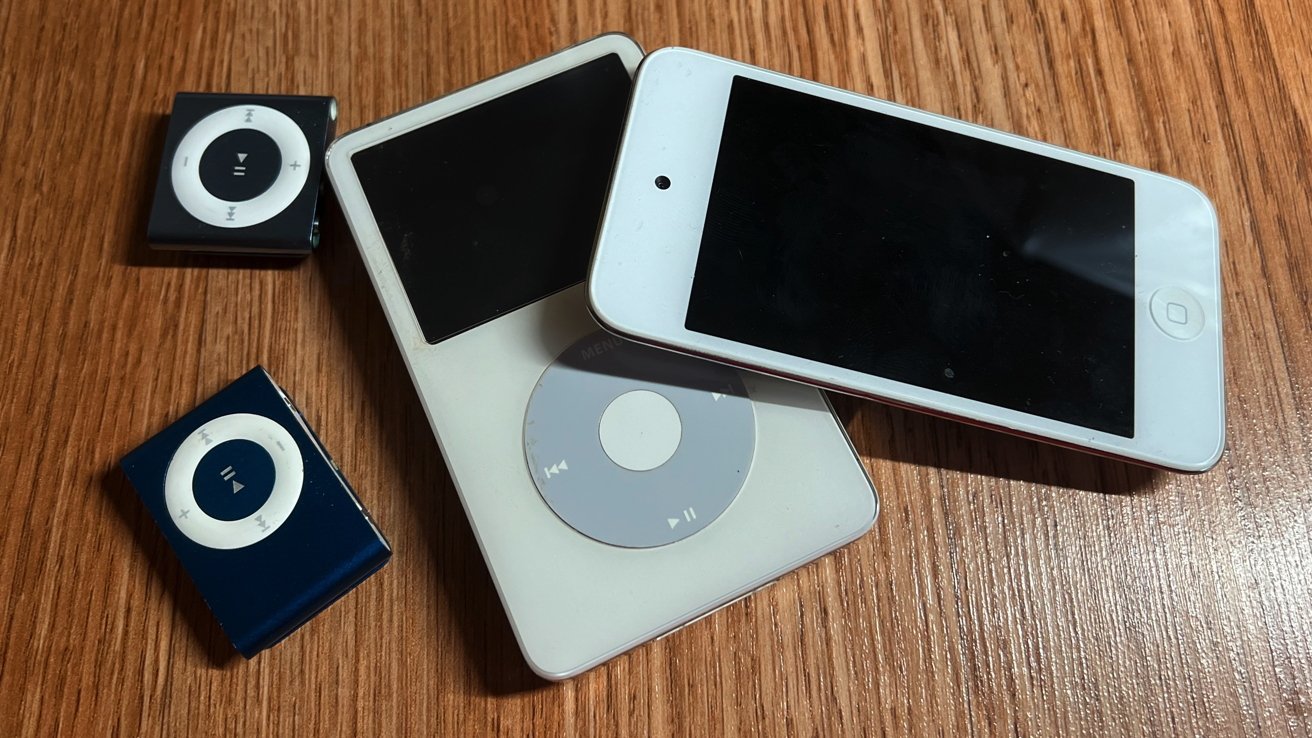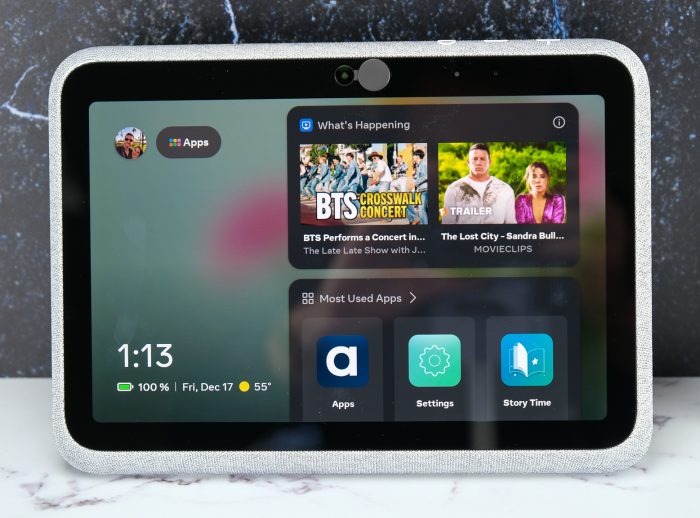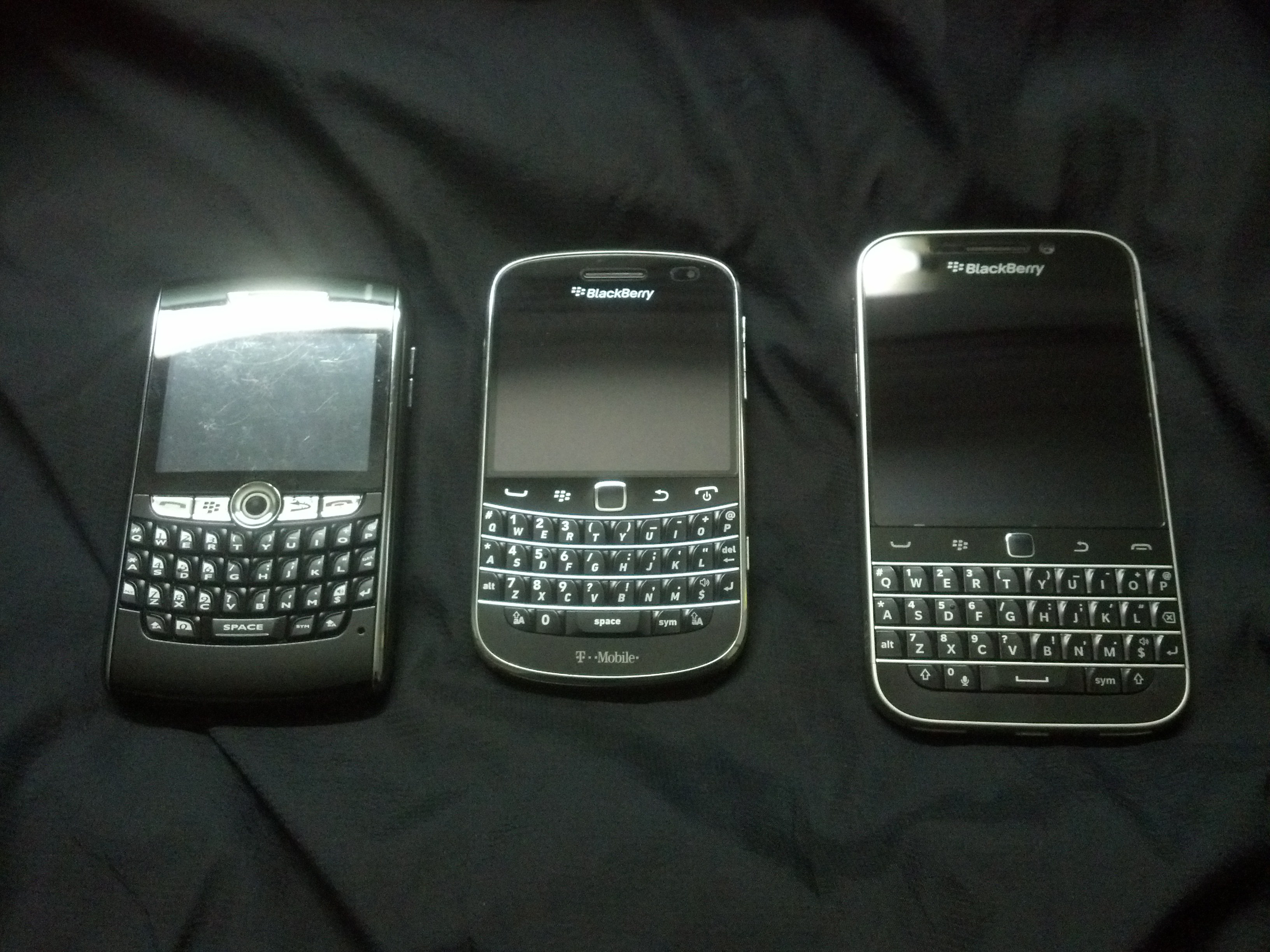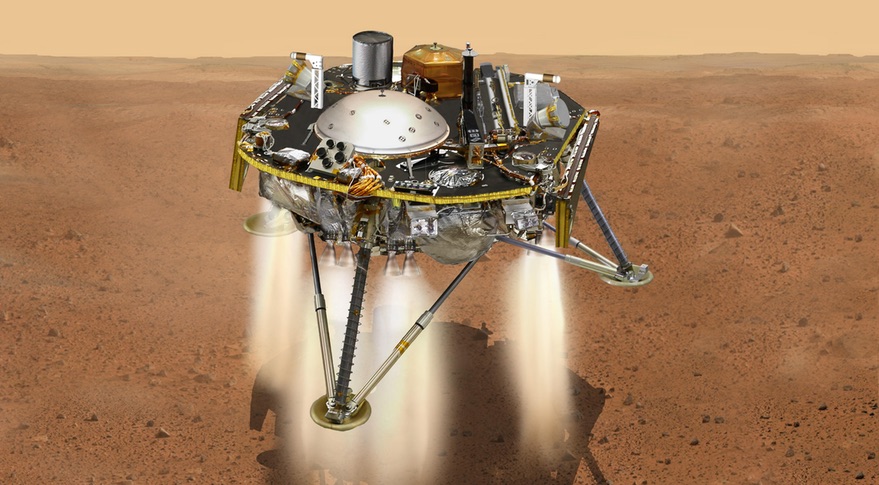
To say that this year has been a whirlwind in the realm of science and technology is an understatement. From AI’s huge leap to James Webb, we’ve seen it all.
Among the drama, we watched the demise of several of our favorite software, hardware, and research initiatives. In this article, we recollect all of the devices, applications, and other technology that were discontinued in 2022.
1. Google Hangouts was discontinued in November

Google is renowned for shutting down apps or services that do not perform well
Google Hangouts, the instant messaging platform gave way to Google Chat, the company’s Slack-like product.
Its inability to compete with rivals such as WhatsApp led to its collapse in November 2022.
2. Stadia did not resonate with customers

Stadia, Google’s much-touted cloud gaming service, is another Google project on the verge of demise. Stadia is a victim of Google’s incapacity to comprehend the market.
Stadia was introduced in November 2019 with the promise of providing games to any device. However, the final result did not meet expectations. According to Google, it did not resonate with customers.
Existing players will be able to use Stadia until January 18th
Stadia’s days were doomed when Google disbanded its in-house development labs last year. The firm declared that the service would be discontinued in September 2022. Existing players’ libraries and data will be accessible until January 18, 2023.
3. Google will remove the Street View service

Street View, the Google tool that gave us a comprehensive 360-degree view of the world’s streets, is also on its deathbed. With the app’s functionality rendered obsolete by Google Maps and the Street View Studio online app, it made sense for the firm to abandon Street View. Google will phase it out by March 21, 2023.
4. Meta is discontinuing Portal’s smart screens

This year, Meta discontinued some of its hardware and software products as it shifted its attention to the metaverse. The business is killing out Meta Portal, its attempt to compete with Google’s Nest and Amazon’s Echo gadgets. Consumers who are suspicious about Meta’s privacy background were unimpressed with the product.
5. Bulletin, Meta’s Substack competitor will be completely shut down in March 2023

The pandemic was a major time for newsletters. In 2021, Meta introduced Bulletin in an effort to compete with Substack and take a piece of the lucrative pie. The corporation is trimming some unneeded branches as it goes through a difficult moment, and Bulletin is one of them. Bulletin will be completely shut down in March 2023.
6. Amazon Glow
/cdn.vox-cdn.com/uploads/chorus_asset/file/22977075/jtuohy_211027_4856_0007.jpg)
A gadget called Amazon Glow was created to make it simpler for youngsters to interact with far-off friends and family members by including games and activities in the process.
Due to disappointing sales, the business decided to stop selling the $300 gadget in October. Later, Amazon made the decision to discontinue providing support for the device as of December 31.
7. Apple stopped producing its iconic iPod

This year, Apple made the decision to stop selling the venerable iPod. The gadget made its debut in 2001. It altered how music was listened to. However, the release of the iPhone reduced its appeal. The iPod became obsolete in a world dominated by streaming services like Apple Music and Spotify.
8. Final nail in the coffin for Blackberry

Even though Blackberry had been dead for some time, the last rituals were not to be carried out. The Canadian business revealed earlier this year that it has shut down the servers required for the normal operation of outdated Blackberry smartphones. Blackberry quickly lost its position as the gadget that business executives once praised the most. For any smartphone using Blackberry’s software, January 4 is the deadline.
9. NASA has officially canceled the Mars InSight project

Nearly four years after it first set foot on Mars, NASA has officially canceled the Mars InSight lander. The lander was last heard from by the space agency on December 15. When efforts to contact the lander were unsuccessful, NASA was forced to give up. With the help of its seismometer at the time, InSight gave scientists vital seismic data.






